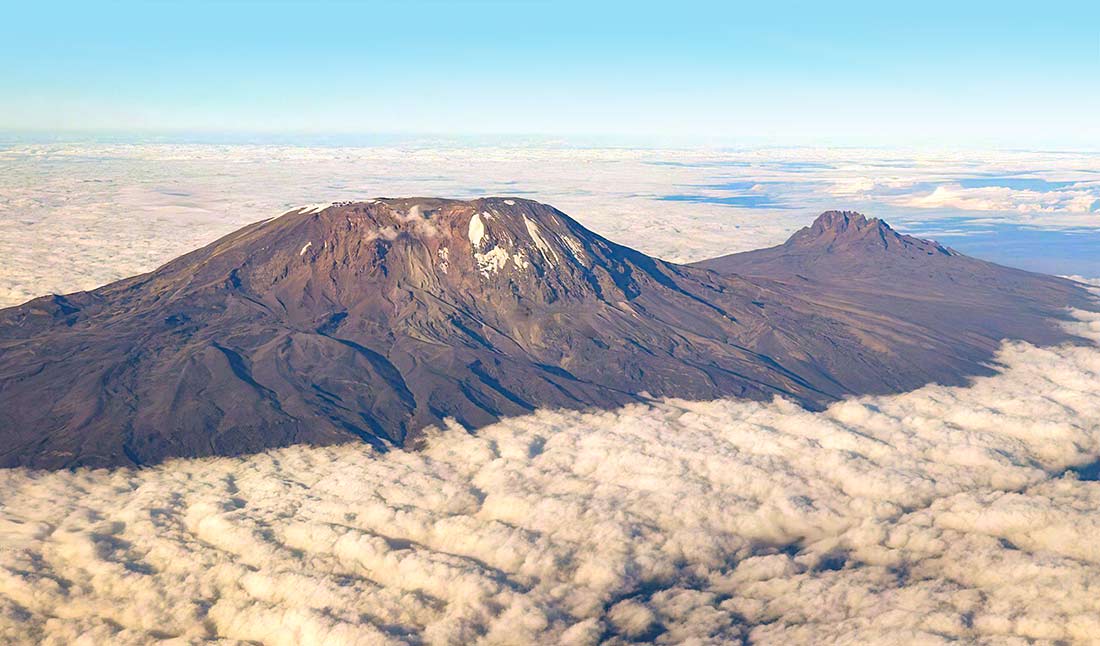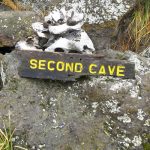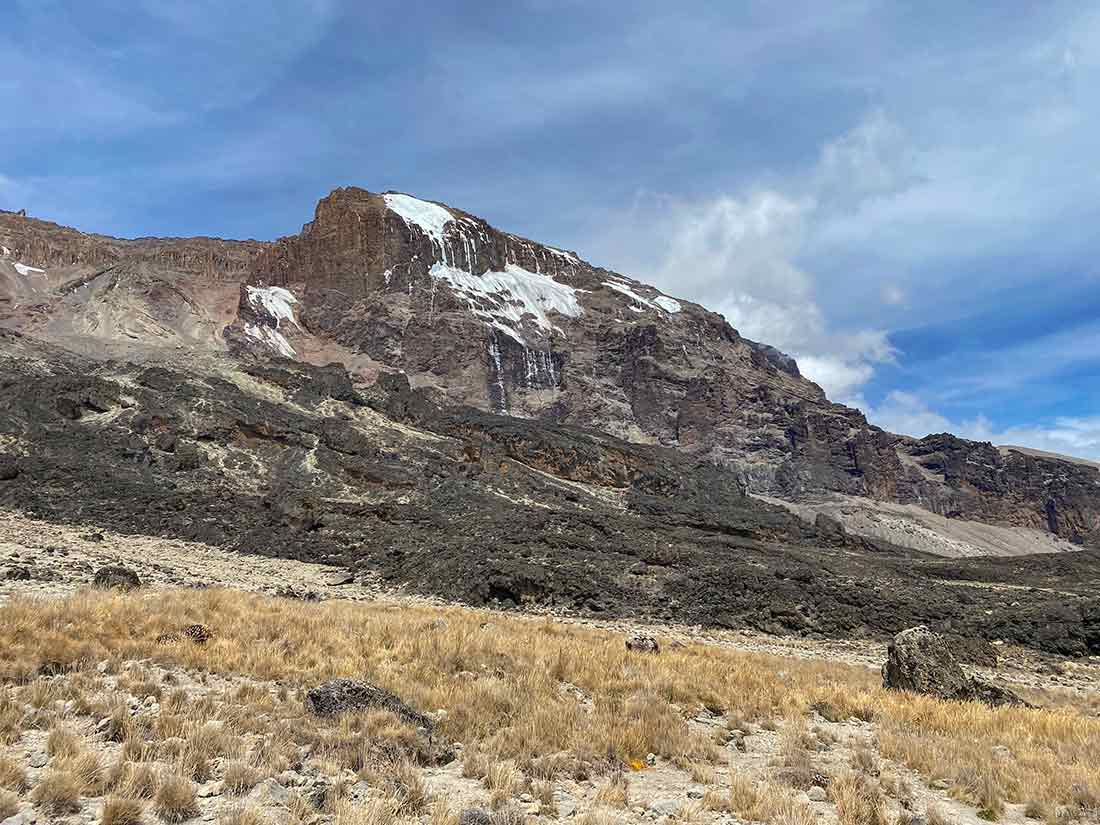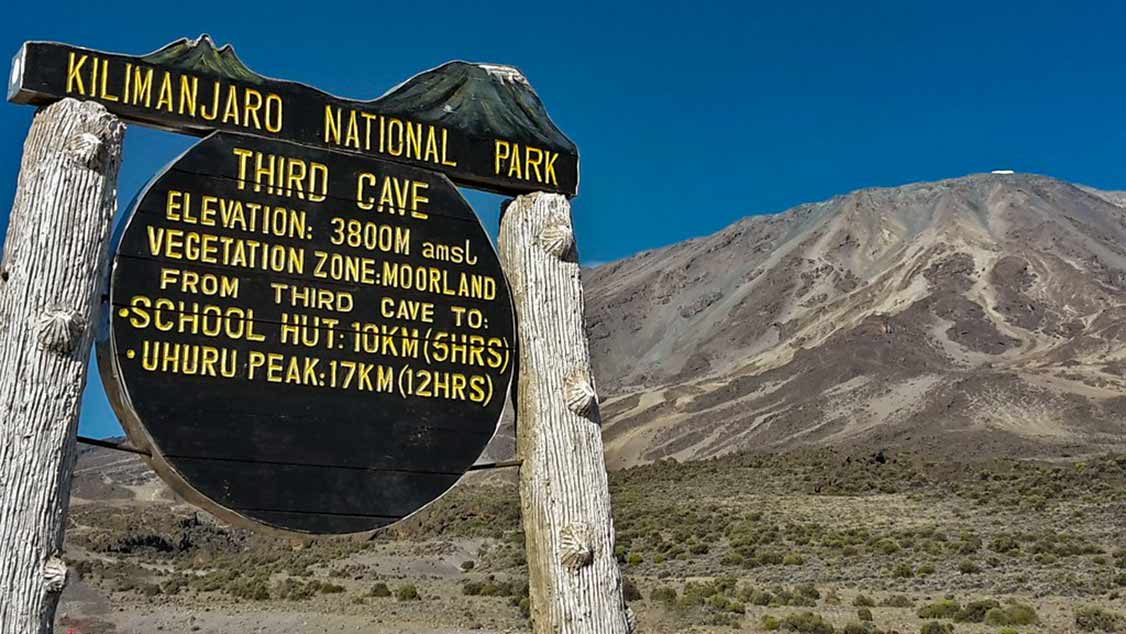Kilimanjaro is the iconic free-standing volcano in Tanzania. It is famous for its towering summit, magnificent glaciers, and challenging trekking routes. Yet, beneath this majestic mountain lies a hidden world of caves that have played a vital role in the history of its exploration. In the past, these caves on Kilimanjaro served as shelters for explorers as well as porters. In this article, we will delve into the fascinating world of Kilimanjaro’s caves and how porters used them as a refuge during arduous climbs.
The Geological Marvel

The Caves of Kilimanjaro
Mawenzi Caves: The Mawenzi Cone, the second-highest peak on Kilimanjaro, is known for its rugged terrain and caves. These caves, often referred to as Mawenzi Tarn Caves, provide shelter to trekkers and porters alike. They offer a refuge from the unpredictable and harsh weather conditions that can occur at high altitudes.
School Hut Cave: Located near the School Hut, this cave is a common resting spot for climbers. Porters often take breaks here while trekkers acclimatize to the altitude. You’ll see these caves on the Rongai route.
Marangu Route Caves: The Marangu Route, also known as the “Coca-Cola” route, is unique for its huts rather than tents. However, porters on this route can be found using natural caves as rest stops.
Cultural Significance
Beyond their practical uses, these caves hold cultural significance in the local Chagga tribe‘s history. The Chagga people have lived in the Kilimanjaro region for centuries and have developed traditions and legends associated with the mountain and its caves. Many Chagga tales involve spirits, wildlife, and supernatural beings dwelling within these caverns.
Regulations
Porters have ceased using the caves for sleeping due to a significant shift in regulations and policies enacted in 1991. The Tanzanian government and the Kilimanjaro National Park introduced a series of new rules. These regulations now mandate that all trekkers must climb with a registered and licensed guide. You must register to climb Kilimanjaro. The guide assumes responsibility for logging the details of climbers at each specified campsite. Camping outside of designated campsites is strictly forbidden. They also banned the use of caves for shelter. Park Rangers enforce these rules.
The decision to cease the use of caves by porters was driven by a critical concern related to their previous practices. In the past, porters often lit fires within these caves to keep warm during the climbs. Unfortunately, this practice resulted in severe consequences. These consequences included blindness due to the smoke. There were also fatalities due to asphyxiation. Consequently, in the interest of safety and environmental preservation, the ban on cave usage became necessary.
Final Thoughts







